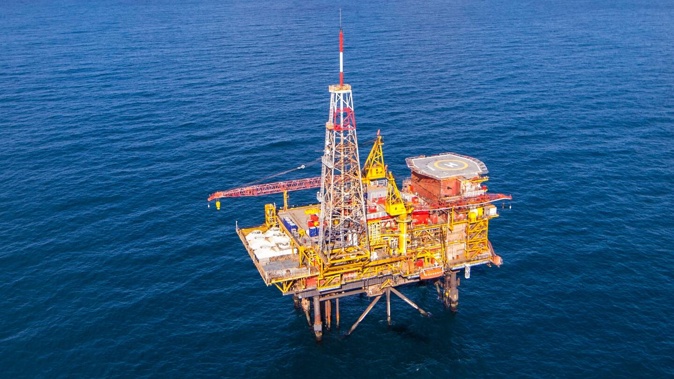
Declines in output from the world’s existing oil and gas fields have gathered speed, with implications for markets and energy security, the International Energy Agency says in a report.
Without continued investment in these fields, the world would lose the equivalent of Brazil and Norway’s combined production from the global oil balance each year, the Paris-based autonomous organisation said.
The average rate at which oil and gas fields’ output declines over time has significantly accelerated globally, largely because of higher reliance on shale and deep offshore resources, meaning companies must work harder than before just to maintain production at today’s levels, it said.
The International Energy Agency (IEA) said the conversation over the future of oil and gas often focused on demand trends while the factors affecting supply received less attention.
The agency said its analysis drew on production data from around 15,000 oil and gas fields worldwide.
“Only a small portion of upstream oil and gas investment is used to meet increases in demand while nearly 90% of upstream investment annually is dedicated to offsetting losses of supply at existing fields,” IEA executive director Fatih Birol said.
“Decline rates are the elephant in the room for any discussion of investment needs in oil and gas, and our new analysis shows that they have accelerated in recent years,” he said.
In oil, an absence of upstream investment would remove the equivalent of Brazil and Norway’s combined production each year from the global market balance.
“The situation means that the industry has to run much faster just to stand still.
“And careful attention needs to be paid to the potential consequences for market balances, energy security and emissions,” Birol said.
Onshore “supergiant” oil fields in the Middle East decline at less than 2% per year, while smaller offshore fields in Europe average more than 15% per year, according to the report.
Against this backdrop, keeping global oil and gas production constant over time would require the development of new resources, the IEA said.
New Zealand’s own gas reserves are running down quicker than was previously thought.
In June, the Ministry of Business, Innovation and Employment (MBIE) said New Zealand’s natural gas reserves fell 27% in 2024.
Revised forecasts have annual gas production falling below 100 petajoules (PJ) by 2026 instead of 2029.
The reduction in reserves was largely driven by field operators reducing their estimates of gas readily extractable in the ground, MBIE said.
Last week, MBIE said total gas use in the economy fell by 19.8% in the June quarter after methanol exporter Methanex paused operations at its Motunui plant for eight weeks to free up gas for electricity generation.
Jamie Gray is an Auckland-based journalist, covering the financial markets, the primary sector and energy. He joined the Herald in 2011.
Take your Radio, Podcasts and Music with you









